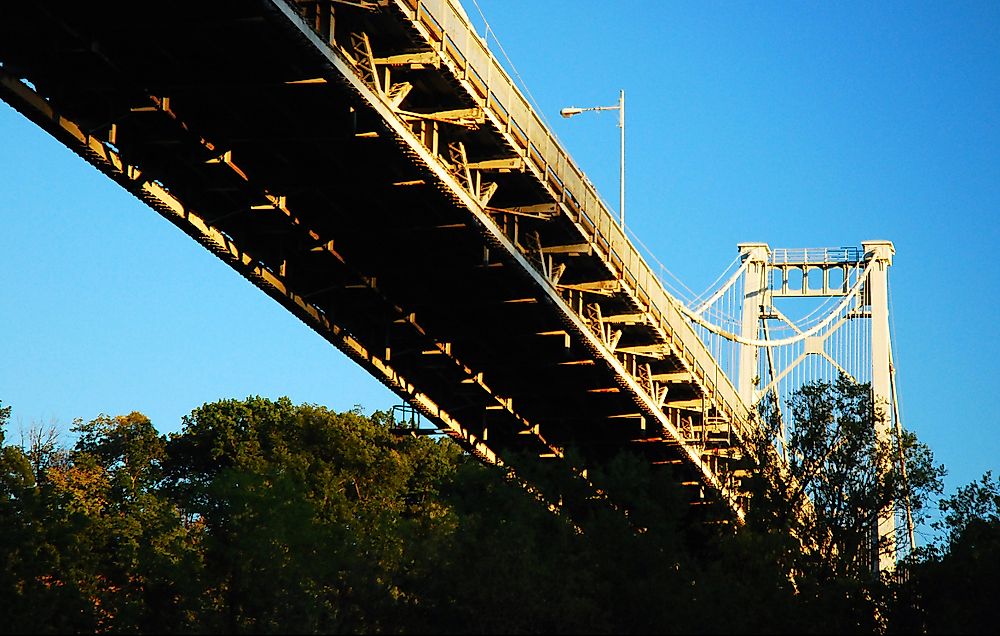What Was the First Capital of New York State?

Kingston city sits in the Ulster County of New York. It lies 59 miles south of Albany and 91 miles north of New York. Kingston became the first administration center of New York in 1777, hitherto to the Battles of Saratoga when it was burnt down by Great Britain. Kingston was rebuilt in the 19th century and thrived after the discovery of natural cement and establishment of railways and transport canals.
History
The Old Kingston town was inhabited by the Espouse tribe of as early as the 17th century. In 1614, Dutch settlers began establishing trading posts at the junction of the Creek at Rondout and the Hudson River and by 1654 settlements had already been established in the area. Tension began to build up between the Esopus and Dutch settlers in the region partly because the Dutch sold alcohol to young Esopus men and took over their land. The constant conflict led to the Esopus war which lasted for 4 years and ended after a coalition between the Esopus and Dutch. In 1669, Esopus was renamed Kingston in honor of the family seat of Governor Lovelace's mother.
In summer 1777, he New York Constitution was drafted by the British who had already taken over the city. Albany which was the second largest settlement after New York was under constant attacks from the British hence was considered an insecure administration center. Kingston, which was considered safer became the capital city of New York. During the American Revolutionary War, British troops moving towards Albany and Kingston were stopped at Saratoga but on October 13, 1777, they made their way to Kingston. Upon their arrival, they found that government officials and residents had already relocated to New York. They burnt down the entire town as a punishment for accommodating the revolutionary State government, and for liberally providing wheat and other food supplies to Washington's resistance army.
In the late 18th century when America had gained independence from the British, Kingston City was slowly rebuilt. It was considered an economic hub for New York due to its proximal location along the Hudson River. By the beginning of the 19th century, Kingston relinquished its dominance as the most populous and fastest developing town along the Hudson River valley.
Kingston Today
Due to its size, Kingston serves as the central hub for tourism, commerce, and culture for locals and tourist along the Hudson Valley. The former state capital is now a vibrant tourist destination for tourists from across the globe due to its rich Dutch history characterized by Revolutionary-era stone buildings and National Historic Landmarks. The majestic Catskill and Shawangunk Mountain ranges beyond the Hudson River create a scenic view of the historic urban town. Every year, Kingston celebrates and re-enacts the 1777 burning of the city by the British in a citywide theatrical enactment of the event that begins at the Rondout. The city also hosts most of the popular annual events such as the Irish, Greek, Dutch, and Italian festivals characterized by jazz music and art galleries along the cobbled streets.











